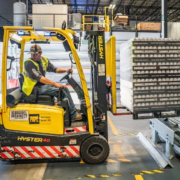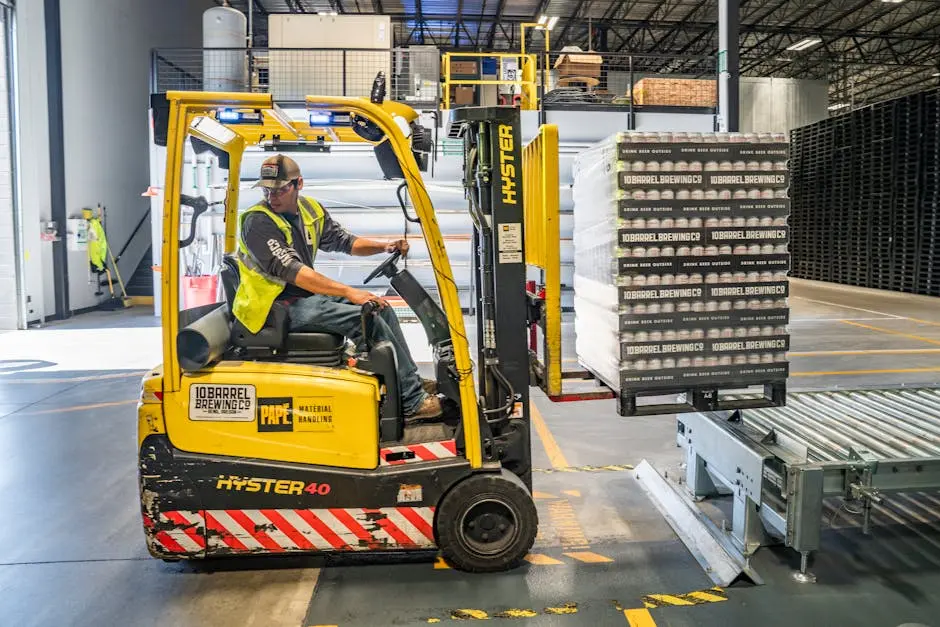What Regulations Affect Wine Shipping in Connecticut?
Navigating the regulations for wine shipping can be a bit tricky, especially in Connecticut. There are specific rules that both consumers and businesses must follow to ensure compliance. In this guide, we’ll break down the key regulations that affect wine shipping in the state, making it easier for you to understand what you need to know.
Step 1: Know the State Laws
Familiarize yourself with Connecticut’s specific laws regarding wine shipping, as they vary from state to state.
Connecticut has a unique set of regulations that govern how wine can be shipped within the state. For instance, consumers can only receive wine from licensed retailers and wineries. Understanding these definitions is crucial to avoid any legal issues with your deliveries.
Additionally, wine shipping in Connecticut is only allowed to individuals who are at least 21 years old. This means that anyone attempting to receive a shipment of wine must be able to show a valid identification upon delivery.
Step 2: Understand Direct Shipping
Learn about direct shipping options for consumers and how it affects wineries.
Direct shipping is a vital part of the wine industry in Connecticut. Wineries are allowed to ship directly to consumers, but they must first obtain a permit from the state. This ensures that all shipments are tracked and legal, allowing consumers to enjoy their favorite wines without worry.
Moreover, it’s essential to know that direct shipments can only be made to certain locations within the state. Each shipment must also adhere to volume limits, typically no more than 12 cases of wine per consumer per year. This helps regulate the flow of wine and ensures fair practices.
Step 3: Licensing Requirements
Discover the licensing requirements for wineries and retailers engaged in wine shipping in Connecticut.
To legally ship wine, both wineries and retailers must possess the proper licenses issued by the Connecticut Department of Consumer Protection. Without these licenses, businesses could face heavy penalties.
The process of acquiring a license involves a series of steps, including background checks and fee payments. This regulatory framework not only protects consumers but also maintains a standard of quality within the industry.
Step 4: Shipping Limits and Restrictions
Be aware of any limits on the volume of wine that can be shipped and any restrictions based on age.
As previously mentioned, Connecticut has strict volume limits for wine shipments. Consumers are typically restricted to 12 cases per year, which is designed to prevent illegal distribution.
In addition to volume limits, age restrictions apply. Delivery personnel are required to check identification upon delivery. This means having a valid ID ready to prove you’re of legal drinking age is a must when ordering wine online.
Step 5: Tax Implications
Understand the tax obligations associated with wine shipping, including sales tax that may apply.
When you purchase wine and have it shipped, it’s important to remember that sales tax may apply. Connecticut’s sales tax is currently set at 6.35%, which means you’ll pay this tax on top of the cost of the wine itself.
Wineries and retailers are obligated to collect this tax at the time of sale and remit it to the state. This ensures that the tax system remains fair and that all consumers are contributing equally.
Final Thoughts
Understanding the regulations governing wine shipping in Connecticut is essential for both consumers and merchants. By following the outlined steps, you can enjoy a seamless wine shipping experience while staying compliant with state laws.



